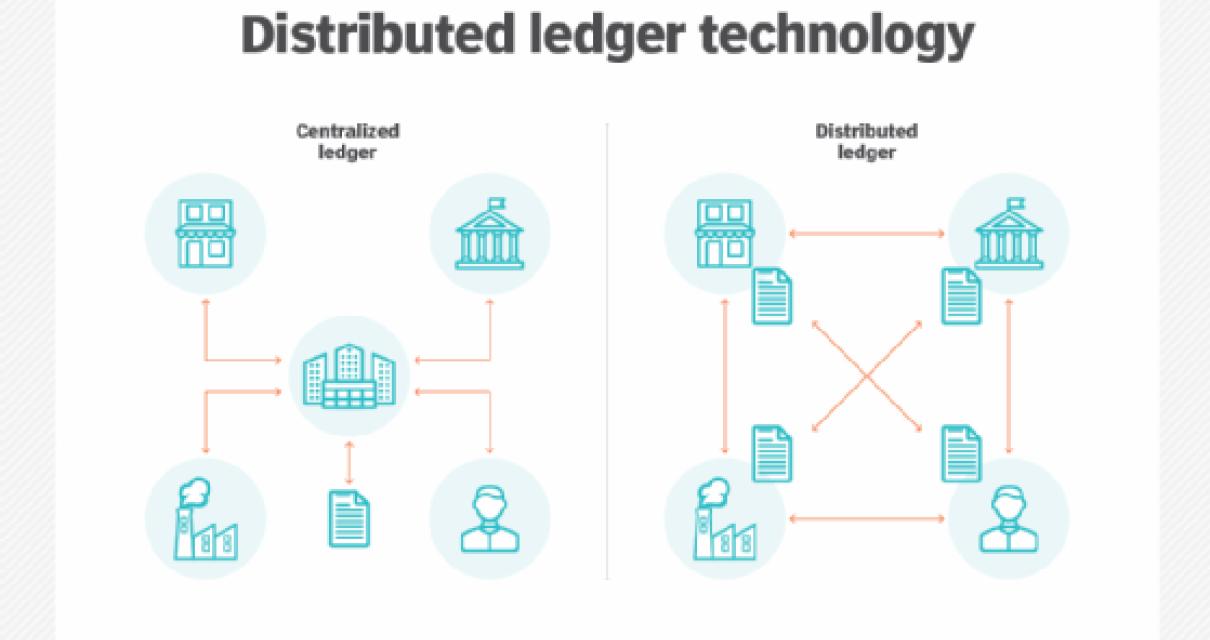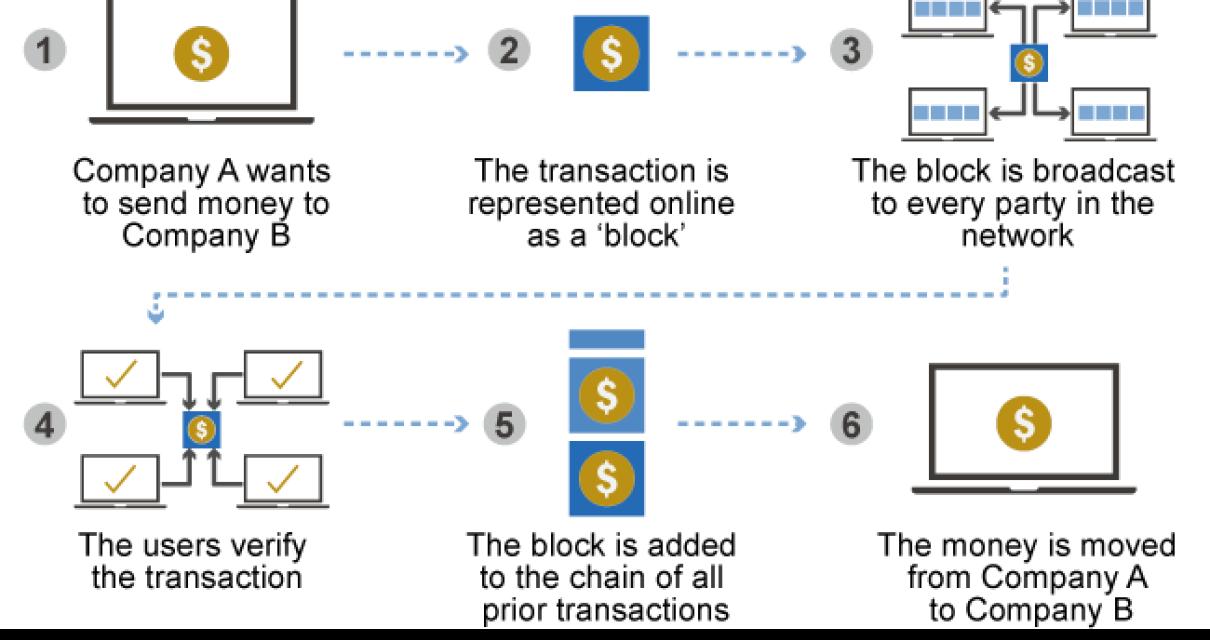The Benefits of a Public Blockchain Ledger
There are a number of benefits to using a public blockchain ledger. One of the most important benefits is that it is transparent. This means that everyone can see what is happening on the network, which is important in order to ensure that transactions are legitimate and that no one is cheating.
Another benefit of a public blockchain ledger is that it is decentralized. This means that there is no one central authority responsible for overseeing the network, which is important in order to protect against censorship and other forms of network manipulation.
Public blockchain ledgers also have the potential to be more secure than traditional systems. This is because they are decentralized, meaning that there is no single point of attack from which someone could steal or corrupt data.
Last but not least, public blockchain ledgers are economical. This is because they allow for faster and more efficient transactions than traditional systems, which can save businesses a lot of money in the long run.
The Use Cases of a Public Blockchain Ledger
There are a number of potential use cases for a public blockchain ledger, including but not limited to:
1. A public blockchain ledger could be used to track the ownership of assets.
2. A public blockchain ledger could be used to track the history of transactions.
3. A public blockchain ledger could be used to track the provenance of products.
4. A public blockchain ledger could be used to track the status of contracts.
5. A public blockchain ledger could be used to track the ownership of digital assets.
6. A public blockchain ledger could be used to track the ownership of data.
7. A public blockchain ledger could be used to track the ownership of intellectual property.
8. A public blockchain ledger could be used to track the movements of cash.
9. A public blockchain ledger could be used to track the movements of securities.
10. A public blockchain ledger could be used to track the movement of money across the globe.
How a Public Blockchain Ledger Works
A public blockchain ledger is a distributed database that can be accessed by anyone with an internet connection. The ledger is constantly growing as “completed” blocks are added to it with new transactions. Anyone can view the blockchain ledger to see how many bitcoins, ether, and other digital assets are currently in circulation.
Each block on the blockchain contains a cryptographic hash of the previous block, a timestamp, and transaction data. Bitcoin nodes use the block chain to differentiate legitimate Bitcoin transactions from attempts to re-spend coins that have already been spent elsewhere.
To modify a transaction, an attacker would need to find a previous block that contains the desired modification and then modify the block’s contents. The network will not allow anyone to modify a block that has been accepted by miners as valid unless they possess the correct private key associated with that address.

The Advantages of a Public Blockchain Ledger
Public blockchains have a number of advantages over private blockchains.
Public blockchains are transparent and open to all participants. This means that anyone can see the transactions that have taken place on the network and can verify the legitimacy of these transactions.
Public blockchains are less prone to fraud and theft. This is because it is difficult for someone to gain access to a private blockchain without being noticed and because any fraudulent transactions will be quickly detected and reversed by the network.
Public blockchains are more democratic than private blockchains. This is because anyone can join the network and participate in the transactions that take place on it. Private blockchains are typically limited to a select few who are able to invest in them.
Public blockchains are more resilient to attack. This is because it is difficult for someone to hack into a public blockchain network and steal the digital tokens that are stored on it.
Public blockchains are more efficient than private blockchains. This is because public blockchains are designed to be open and allow a large number of people to participate in the network. This means that public blockchains are able to handle a larger number of transactions per second than private blockchains.

The Disadvantages of a Public Blockchain Ledger
There are several potential disadvantages to using a public blockchain ledger. The most significant of these is that a public blockchain ledger is open to attack. Any party with enough resources can attempt to tamper with the data stored on the blockchain, making it difficult or even impossible to verify and/or trust the information. Additionally, a public blockchain ledger is not private by design – any party with access to the network can view the information stored on the blockchain. This makes it difficult to use for sensitive or confidential information.
The Pros and Cons of a Public Blockchain Ledger
A public blockchain ledger is transparent and accessible to all. This makes it difficult for anyone to tamper with the data or to steal money or assets.
However, a public blockchain ledger is also susceptible to hacking. If someone is able to hack into the blockchain ledger, they could potentially steal money or assets from other users.
Public blockchain ledgers also require a lot of energy to operate. This is because they are constantly updating and verifying transactions.
What is a Public Blockchain Ledger?
A public blockchain ledger is a distributed database that can be viewed by anyone. This type of ledger is open to everyone and allows for transparency and trust between parties. Transactions are recorded in a public ledger in a chronological order and are visible to everyone. Public blockchains are often used for cryptocurrencies, such as Bitcoin, because they allow for anonymous transactions and are tamper-proof.